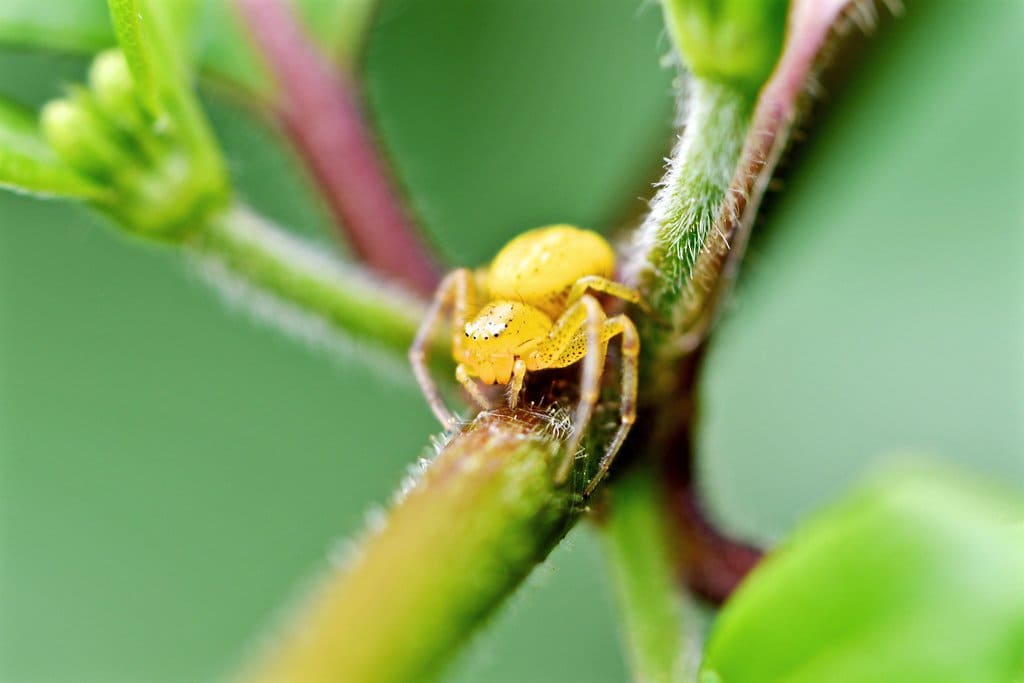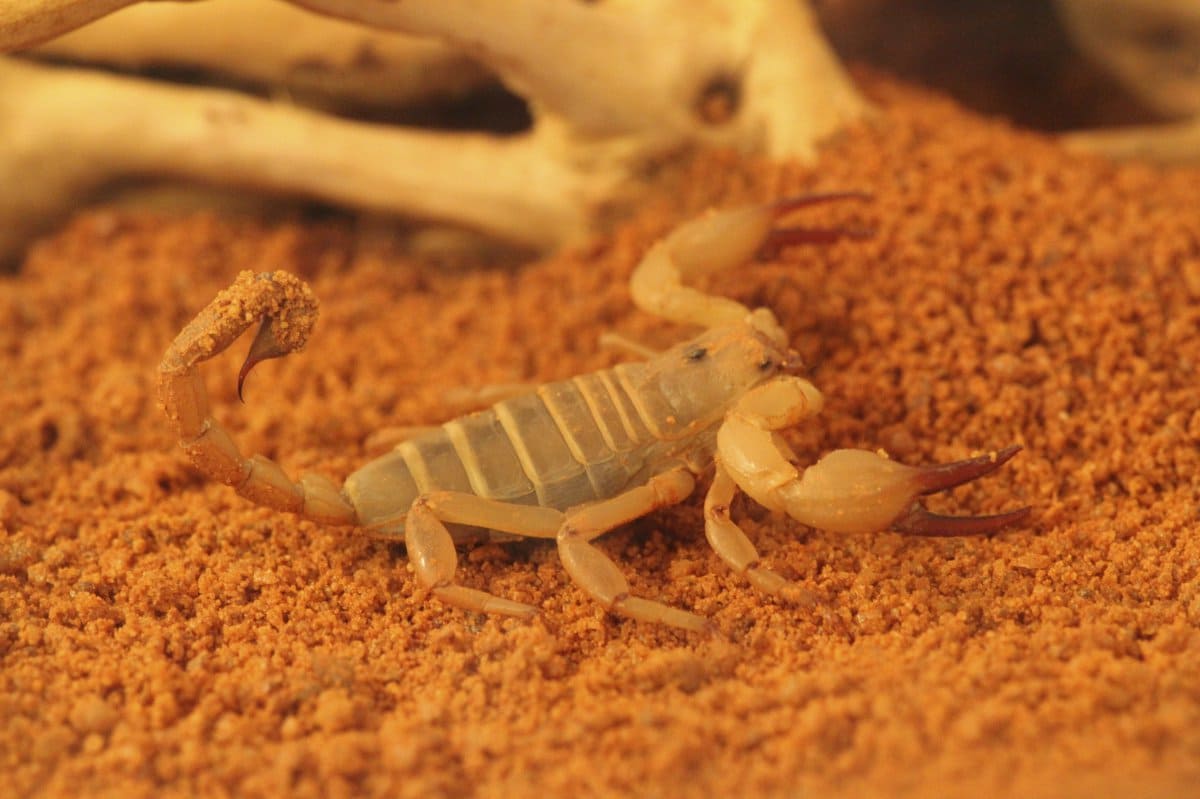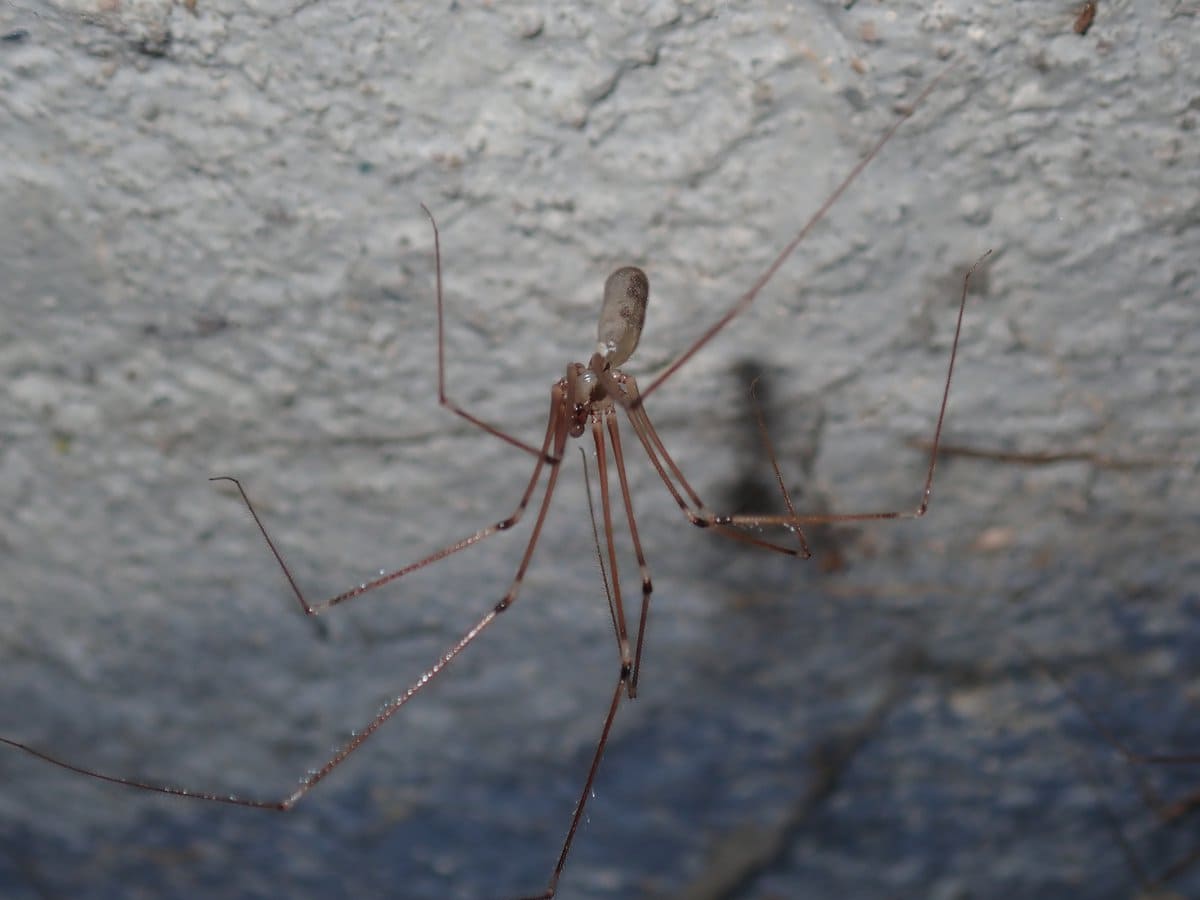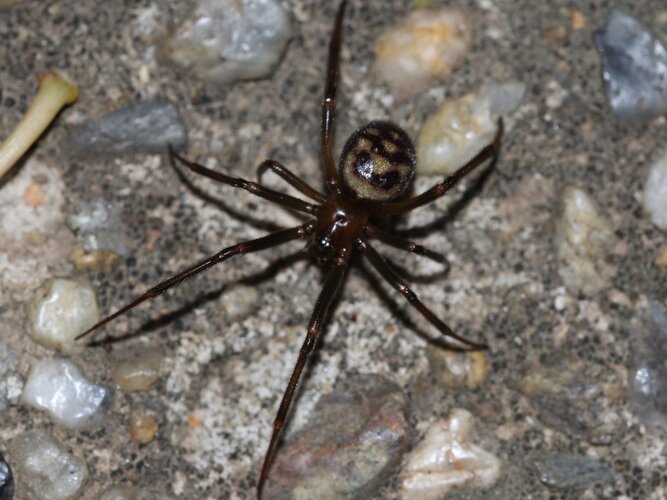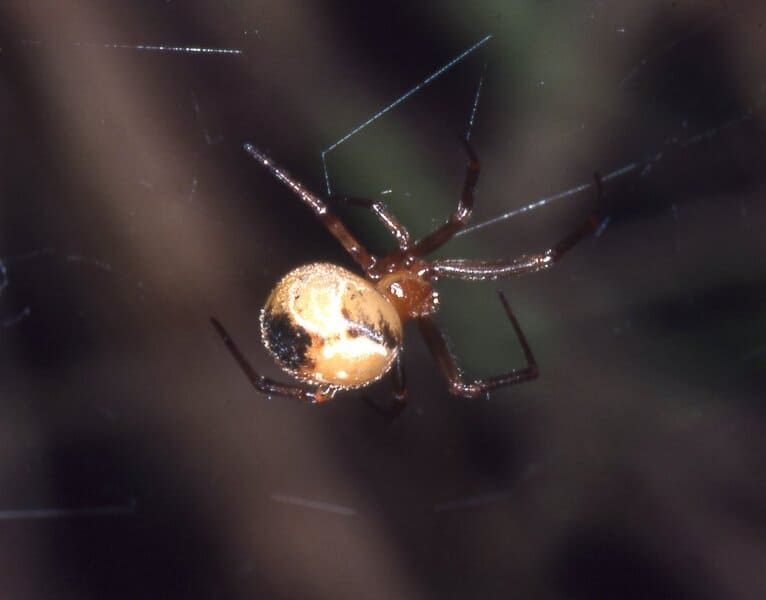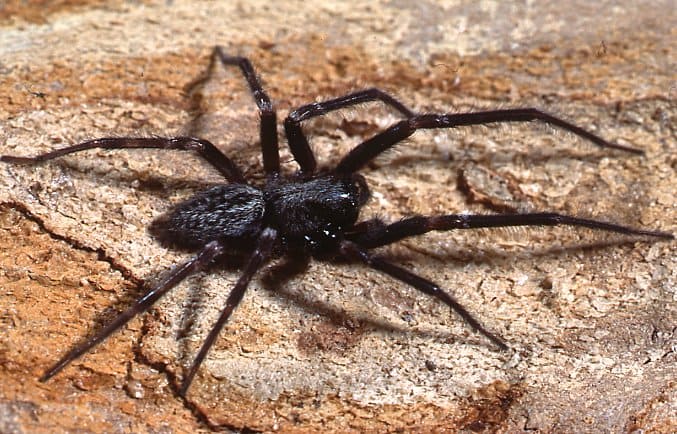Black Rock Scorpion
IUCN
LCBasic Information
Scientific classification
- name:Black Rock Scorpion
- Scientific Name:Urodacus manicatus
- Outline:Arthropoda
- Family:Urodacidae Urodacus
Vital signs
- length:Adults 45–65 mm
- Weight:Medium‑sized scorpion; varies by individual
- lifetime:~5–8 years (longer in care)
Feature
Nocturnal; rock/log refuges; strong pedipalps and mechanical subduing; viviparity with brief maternal carrying.
Distribution and Habitat
Rocky slopes, woodland edges and grasslands of SE Australia; under stones/logs or in shallow burrows.
Appearance
Dark brown–black; robust chelae and body; stout tail with sharp sting.
Details
The Black Rock Scorpion (Urodacus manicatus) belongs to the Australian family Urodacidae. A medium‑sized, rock‑dwelling species of south‑eastern Australia, it is noted for its powerful pedipalps and a preference for mechanical subduing of prey, sheltering beneath rocks, logs or in shallow burrows by day and hunting at night.
Ecology & Biology
Activity: nocturnal; diurnal refuge in shallow burrows or under stones/woody debris.
Diet: insects, centipedes and spiders; relies heavily on gripping pincers with supplementary stinging.
Reproduction: viviparous; neonates (scorplings) climb onto the mother’s back and disperse after the first moult.
Identification
Body length: adults 45–65 mm (population variation).
Colour: uniformly dark brown to black; robust chelae and mesosoma; relatively stout metasoma with sharp aculeus.
Diagnostic: strong pedipalps indicative of lower‑to‑moderate venom reliance compared with “slender‑chela, high‑venom” taxa.
Range & Habitat
Native to south‑eastern Australia (NSW, Victoria, SA, ACT). Occupies rocky hillsides, woodland edges, grasslands and gardens; day refuges under stones, logs and within shallow self‑dug burrows.
People & Safety
Medical relevance: typically low to moderate for humans—intense local pain with short‑lived swelling/tingling; severe systemic effects are uncommon.
First aid: wash with soap and water, apply a cold pack, rest and monitor; seek medical attention for allergic reactions or persistent pain.
IUCN: Not Evaluated (NE).
FAQ
Q1. Is it deadly? For healthy adults, no. Stings are very painful but usually localised.
Q2. Where to find it by day? Beneath rocks/logs or inside shallow burrows; avoid flipping rocks carelessly to prevent stings and habitat damage.
Q3. Captive care? Where legal, provide dry substrate, shelters and a shallow water source; avoid handling.
Q4. How to distinguish from high‑venom taxa? Large, powerful pincers vs. slender chelae of many potent species; Black Rock Scorpions rely more on grip than venom.


